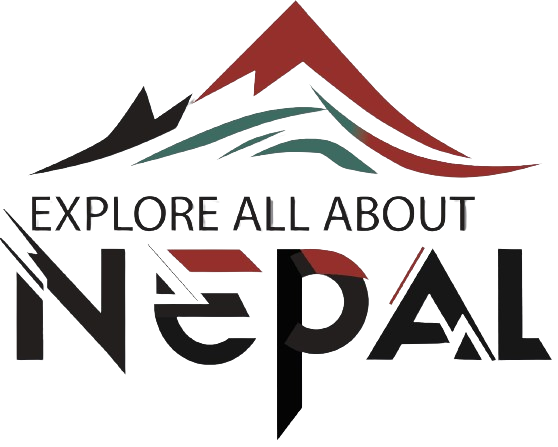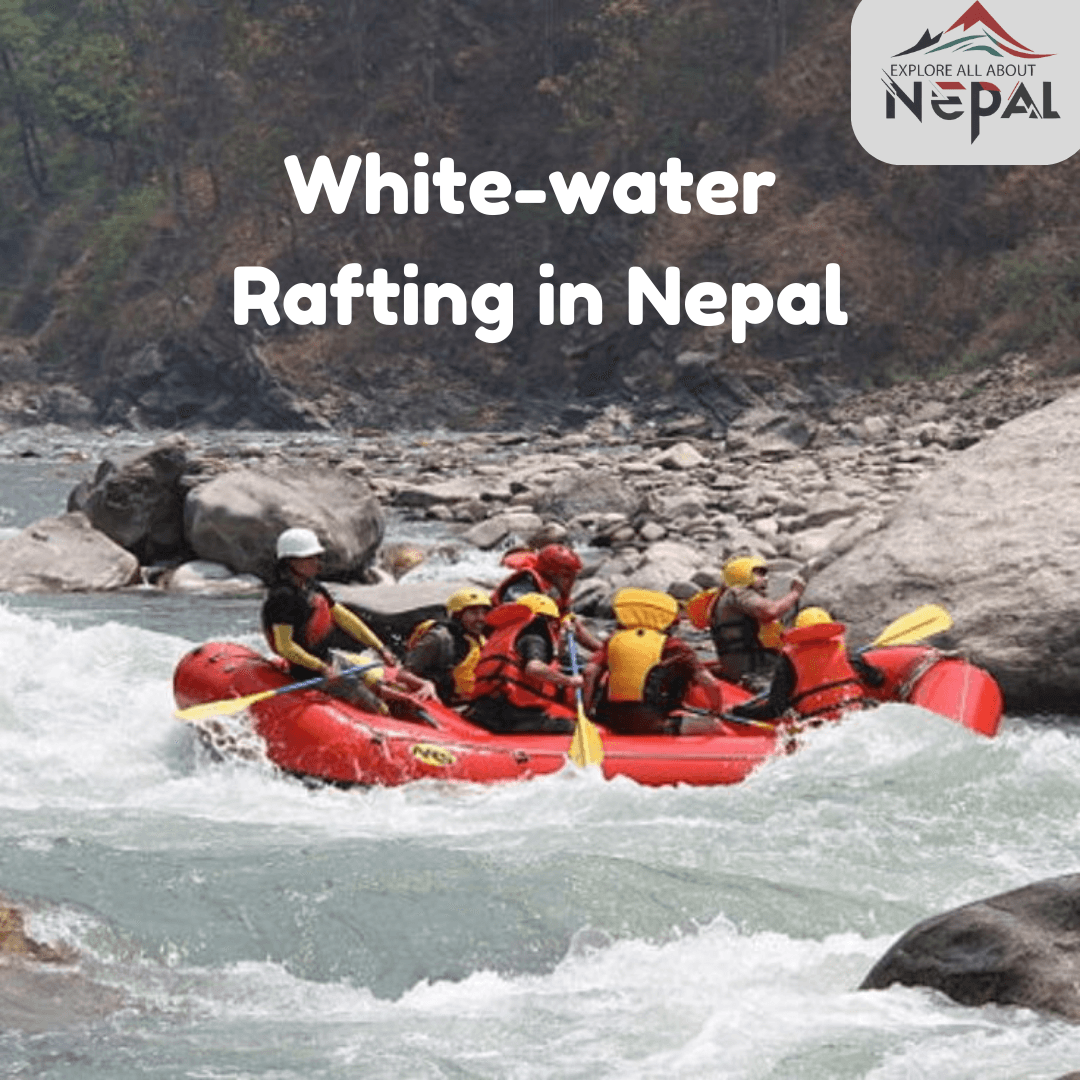Rafting is an outdoor recreational activity that involves traveling down rivers or other waterways using an inflatable raft. It is often done for adventure, leisure, or sport. The activity can range from navigating calm, flat waters to tackling challenging white-water rapids, which are turbulent sections of a river created by rocks and steep descents.
In the context of white-water rafting, participants face varying levels of rapids, categorized from Grade I (easy and calm) to Grade VI (extremely dangerous and challenging), making it an exciting and adrenaline-pumping experience. It requires teamwork, quick decision-making, and the guidance of experienced instructors to ensure safety and enjoyment.
Nepal, the land of the Himalayas, is globally renowned for its towering peaks, pristine landscapes, and thrilling adventures. While trekking and mountaineering often take center stage, white-water rafting has emerged as one of the most exhilarating ways to experience the country’s natural beauty. With an abundance of rivers fed by the snowmelt of the Himalayas, Nepal offers some of the best white-water rafting experiences in the world, catering to both beginners and seasoned rafters.
Why Choose Nepal for White-water Rafting?
1. Variety of Rivers
Nepal boasts an extensive network of rivers, ranging from tranquil waters to adrenaline-pumping rapids. This diversity ensures options for everyone, from families looking for a leisurely float to thrill-seekers craving an intense adventure.
2. Breathtaking Scenery
Rafting in Nepal is more than just navigating rapids. The rivers wind through lush forests, terraced farmlands, and deep gorges, offering spectacular views of the Himalayan peaks and a chance to encounter unique wildlife.
3. Cultural Experience
Many rafting trips pass through remote villages, providing an opportunity to interact with local communities and experience Nepalese culture firsthand.
4. Professional Guides and Safety Standards
Nepal’s rafting industry is well-established, with experienced guides, high-quality equipment, and adherence to international safety standards, ensuring a safe and enjoyable experience.
Top Rivers for White-water Rafting in Nepal
1. Trishuli River
Highlights:
- Perfect for beginners and families.
- Close proximity to Kathmandu and Pokhara.
The Trishuli River is one of the most popular rafting destinations in Nepal. With Grade II-III rapids, it offers an ideal balance of excitement and safety. The river’s gentle stretches are perfect for enjoying the scenic surroundings, while the occasional rapids provide just the right amount of thrill.
Best Time to Visit: October to May
Duration: 1-3 days
Difficulty Level: Easy to moderate
2. Seti River
Highlights:
- Warm waters and lush surroundings.
- Ideal for novice rafters and family trips.
The Seti River is known for its gentle rapids and picturesque landscapes. Flowing through remote areas, the river offers a serene escape and an opportunity to camp under the stars. The warm waters make it an excellent choice for rafting during cooler months.
Best Time to Visit: October to May
Duration: 2 days
Difficulty Level: Easy
3. Bhote Koshi River
Highlights:
- Intense rapids and steep drops.
- Perfect for experienced rafters.
For adrenaline junkies, the Bhote Koshi River is the ultimate challenge. Known as Nepal’s steepest river, it offers non-stop action with Grade IV-V rapids. The technical nature of the river requires quick reflexes and teamwork, making it a favorite among experienced rafters.
Best Time to Visit: October to November and March to May
Duration: 1-2 days
Difficulty Level: Challenging
4. Kali Gandaki River
Highlights:
- Spectacular gorges and sandy beaches.
- A mix of challenging rapids and calm stretches.
The Kali Gandaki River flows through one of the world’s deepest gorges, offering stunning views and thrilling rapids. With Grade III-IV rapids, it’s a perfect choice for intermediate rafters looking for an adventurous yet manageable experience.
Best Time to Visit: October to November and March to May
Duration: 3 days
Difficulty Level: Moderate to challenging
5. Sun Koshi River
Highlights:
- One of the top 10 river journeys in the world.
- A multi-day adventure through remote regions.
The Sun Koshi River, also known as the “River of Gold,” is a legendary rafting destination. Spanning over 270 kilometers, this river offers a mix of Grade III-IV rapids, serene stretches, and breathtaking landscapes. It’s a journey that combines adventure with an immersive experience of Nepal’s wilderness.
Best Time to Visit: October to November and May to June
Duration: 8-10 days
Difficulty Level: Moderate to challenging
6. Tamur River
Highlights:
- A thrilling mix of trekking and rafting.
- Remote and unspoiled natural beauty.
The Tamur River adventure begins with a trek through the eastern hills of Nepal, adding an extra layer of excitement to the journey. The river itself is a rafter’s delight, with Grade IV-V rapids and breathtaking scenery. This trip is ideal for those seeking a comprehensive adventure.
Best Time to Visit: October to November and May to June
Duration: 10-12 days
Difficulty Level: Challenging
What to Expect During a Rafting Trip
1. Preparation and Briefing
Before hitting the water, guides provide a safety briefing, including instructions on paddling techniques, commands, and emergency procedures. You’ll also be fitted with life jackets, helmets, and other necessary gear.
2. Rapids and Challenges
Each river has its unique challenges, from gentle waves to intense rapids. Guides navigate the course, ensuring your safety while maximizing the fun.
3. Campsites and Meals
For multi-day trips, evenings are spent at riverside campsites. Enjoy hearty meals, warm bonfires, and starlit skies, creating unforgettable memories.
4. Wildlife and Culture
Many rafting trips pass through areas rich in wildlife and cultural significance. Keep an eye out for exotic birds, monkeys, and even rare sightings of larger animals. Engage with local communities to learn about their traditions and way of life.
Best Time for White-water Rafting in Nepal
The best seasons for rafting are spring (March-May) and autumn (October-November). During these times, the weather is pleasant, and the water levels are ideal. While monsoon season (June-September) brings higher water levels and more challenging rapids, it’s best suited for experienced rafters.
Essential Tips for Rafters
- Choose the Right River: Consider your experience level and physical fitness when selecting a river.
- Pack Light: Bring essentials like quick-drying clothes, sunscreen, a hat, and waterproof bags.
- Follow Instructions: Listen to your guide and follow safety protocols at all times.
- Stay Hydrated: Rafting can be physically demanding, so drink plenty of water.
- Respect the Environment: Leave no trace and avoid disturbing wildlife.
Conclusion
White-water rafting in Nepal is more than just an adventure; it’s a journey through the heart of the country’s natural and cultural treasures. Whether you’re navigating the gentle waves of the Seti River or conquering the raging rapids of the Bhote Koshi, each trip promises unique experiences and unforgettable memories. So grab your paddle, embrace the thrill, and let the rivers of Nepal guide you on an extraordinary adventure.


